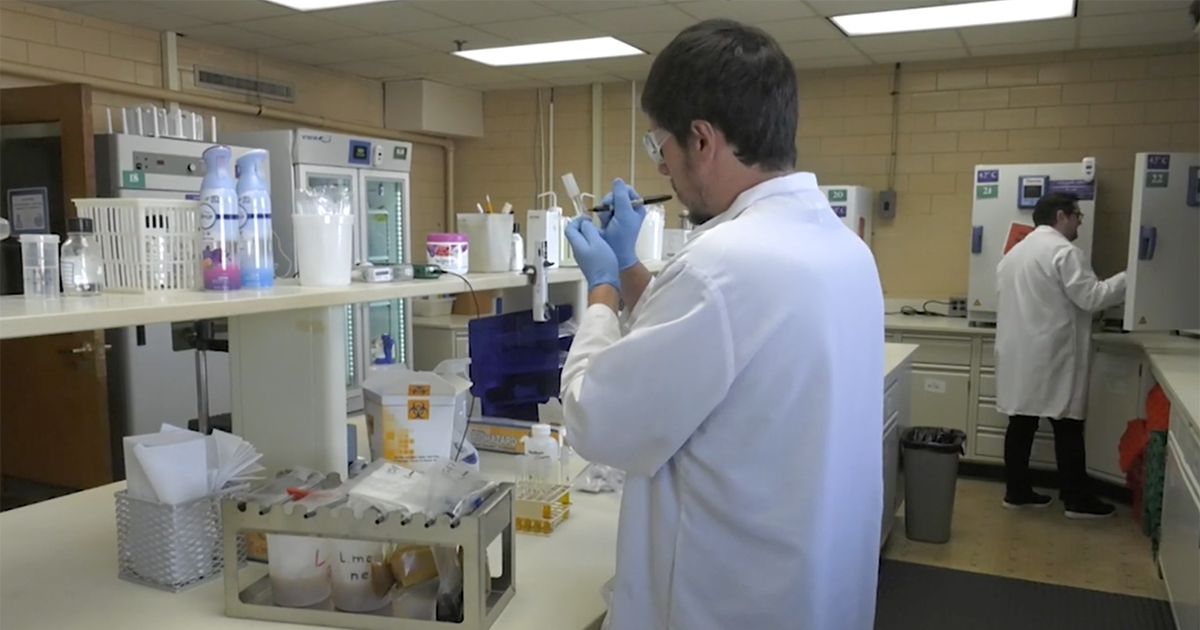Atlanta, GA |
Each and every day, farmers and producers work hard to produce food that will be feeding the state, country, and even world, which is why it’s vitally important that it’s processed and kept properly, which is where the Georgia Department of Agriculture’s testing lab comes into play.
“The labs are testing general food safety; microbiology lab, retail food, manufactured food. So, our inspectors are out in these places making sure that food is safe and that folks are doing what they’re supposed to, but they’re also going to take a sample at that point to verify what they’re seeing and what they’re hearing as part of their inspection process. What our labs are going to do is take that sample and test it for generally quality or other consumer protection items. Are there pathogens on it? If so, what are they so we can get that out of commerce, we can get it out of someone’s food line so no one gets sick,” says Dr. Carrie Crabtree, Laboratory Division Director.
Crabtree says they are primarily testing for three main pathogens; Salmonella, E Coli, and listeria – three of the most harmful bacteria for humans to consume.
“The reason we’re doing that is that all of those are known pathogens that can make someone sick very quickly. From your very young to your very old and then everybody in between. So what we’re going to do is make sure that any food that might have that, which these are natural bacteria in the environment, these things can get in there from many different ways if it’s there. We’re getting it out of the grocery stores, we’re getting it out of manufacturing so that someone is not exposed to these and get very sick. These pathogens can cause outbreaks, they can cause a lot of people to get very sick, very quickly. So, we’re going to make sure that we’re testing to protect food in all walks of life from having those in there,” says Crabtree.
According to Crabtree, it’s important that they work to be proactive, rather than reactive, as the consequences of an outbreak can often be severe.
“Prevention, we do that by having inspectors in many different places, so from where food is manufactured to the point you can pick it out at the grocery store to make sure we’re not on the back end because if folks have already eaten it, if they’re already sick, then we may not be able to find it at that point. We may not be able to find the link and solve the issue if there some temperature control or some other environmental aspect that we could help control or fix. So by being in the front, being on the prevention side, we can get it off shelves very quickly. We can get that control fixed, assist those manufacturers, assist those retailers with not having the issue. Again, the back side of being reactive is, you miss a lot of things; you miss getting that out, getting the public informed, getting recalls issued if that’s going to be the case. Folks are already sick, you may have already had some fatalities, unfortunately, and we want to be in front of that, not reacting to it in the back,” says Crabtree.
By: John Holcomb

